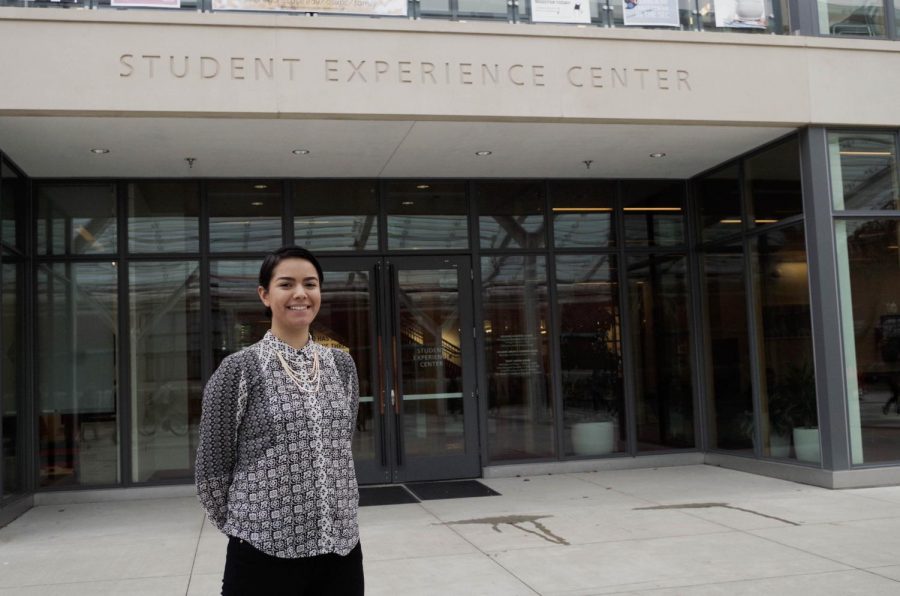A step toward support
November 21, 2016
Incoming students will be required to complete a new online diversity module
In the midst of national tensions, Oregon State University President Ed Ray and the college are making a statement on
where they stand.
In a speech made last December in response to protests at many universities , Ray was resolute in saying that Oregon State will continue their history of supporting diversity of all kinds on campus, such as in 2001 when the university built the former “Queer Resource Center”, now renamed
the Pride Center.
“Oregon State University will act quickly to address the concerns of racial injustice that have been shared recently by many of our students to ensure that our university is a safer, more just, caring and inclusive community,” Ray said. “Our process for going forward will include ongoing collaboration with our students, faculty and staff.”
Oregon State is backing these words up with action. The university plans to implement a series of online diversity modules, similar to the online module AlcoholEdu.
The module consists of four parts. The first is an introduction from President Ray, and the second showcases the history of diversity in Oregon, Corvallis and OSU. The third states OSU’s moral values regarding diversity, and the fourth highlights the resources designed to help students implement these values, such as the numerous cultural centers on campus and the Women’s Building.
The modules will be required for all incoming students winter term.
“It’s about understanding that there are multiple perspectives on campus, and learning about the ways that we can engage with perspectives other than our own,” said Scott Vignos, director of strategic initiatives and coordinator of the new modules.
Vignos coordinates OSU’s bias response team, an educational program designed to aid anyone who was harmed by any incident motivated by a negative perception
of someone’s identity.
The university has also created the position of Chief Diversity Officer, a role currently filled in an interim capacity by Angela Batista.
The CDO will be responsible for making sure the university is properly implementing programs that encourage diversity, equity, and social justice, as well as advising the president the provost and
their respective councils.
“Over the last 10 years, diversity has increased significantly,” said Steve Clark, vice president of university relations. “As of the fall, almost 24 percent of students on campus identified as U.S. minorities.”
Currently, the hiring process involves 19 people. Various staff, professors and three students will all have a say in who gets hired. This process is led by the OSU Dean of the College of Science, Sastry Pantula.
“Change can only happen with true commitment at all levels, not just at the leadership level,” Pantula said. “It must happen among our students, our faculty, our staff, our department heads and deans and our community. Everyone has a part in making OSU a very welcoming and safe place for diversity broadly viewed, including diversity of thought. For example, a student not only is affected by his or her experience in the classroom, but also with the experiences with advising, various services and the
community at large.”
Pantula is joined on the committee by current OSU student and ASOSU Executive Director of Diversity Program
Anesat León-Guerrero.
“As a society, we need to talk about how everybody can contribute,” Leon-Guerrero said. “The social climate is really controlling the psychology of students.”
“It does take a village,” added Pantula. “I don’t anticipate a Chief Diversity officer can do this alone, or arrive with a magic wand. However, I have the confidence a strong leader, with support from the leadership and the community, can be the wind behind the wings to lift OSU to be a place of choice for diverse students, faculty and staff and for everyone to be successful.”
Oregon State University is trying to address these issues. With some students feeling less secure on campus than ever before, Pantula is confident that they will not just be placated by the university, but they will be listened to, respected, and that real change
will be implemented.
“It is not just rhetoric or a band-aid. We want to identify effective strategies to work on,” Pantula said.











































































































